Food. What better way to learn about science than by eating it? Especially if it’s delicious. Like this yummy, Bread in a Bag recipe. It’s one of our favorite Food Science activities and that list even includes color changing unicorn noodles, layers of the earth pudding cups, AND mad scientist ice cream sundaes! Kids can learn why bread rises and feel the pride of making homemade bread the whole family will want to eat! This post contains both the delicious white bread recipe and a partner yeast science experiment.
Bread Science
Bread owes its delicious, spongy self to yeast and flour. Here are answers to some of yours and the kids’ biggest bread questions, other than “can you cut off the crusts?”
What makes bread dough rise?
Baked goods owe their light and fluffy texture to leavening agents like yeast, baking powder, and baking soda. The CO2 given off by the yeast in this recipe and many other bread recipes, creates bubbles in the bread dough and causes the bread to rise. When it goes into the oven, the heat causes the CO2 to expand even more and the bread to get taller.
What is yeast?
Yeasts are single cell microorganisms in the Fungi kingdom. Yeasts are important in the world of baking, alcohol production and even the pharmaceutical industry as they help scientists create new medicines. Yeasts survive by eating carbohydrates like fructose or glucose and use their enzymes to break the sugars down into usable components. This sugar breakdown is called fermentation and converts carbohydrates to carbon dioxide gas (CO2) and alcohols.
What is gluten and why is it in bread?
If the bread didn’t have a strong, elastic network to contain the CO2, the bubbles would pop, just like chewing gum. Luckily, wheat flour has an elastic network called gluten. The more gluten, the stronger the gas bubbles will be and the more the dough will rise. As the bread bakes, the gluten hardens and the air pockets stay, creating that fluffy, airy, soft texture we love in bread.
Yeast Science Experiment
Before you get baking, observe the yeast in action! Learn about what yeast do in bread by proofing a packet of active dry yeast. What does proofing mean? Essentially proving that the yeast is still alive!
Yeast Science Experiment Supplies Needed
You’ll need the following:
- 1 packet of active dry yeast
- 1 cup warm water
- 3 tablespoons sugar
- 2 cup measuring cup or clear bowl or glass with at least a 2 cup capacity
- Sharpie marker
- Rubbing alcohol to clean off the marker.
- Paper and pen for recording your observations.
Yeast Science Experiment Instructions
- Open the packet of yeast and pour it into a measuring cup. Take a look at it and write down what it looks like. Draw it, if desired.
- Add 1 cup warm water and 3 tablespoons sugar.
- Grab your Sharpie and make a mark on the glass or bowl that shows the volume of the yeast, water, sugar mixture.
- Stir the mixture and observe what it looks like. Record.
- Watch the yeast rise for 10 minutes. Mark the volume and record your observations. Be sure to record the change in volume and how the appearance changed.
Now let’s move on to the delicious stuff! Baking bread! Bread in a bag is a fun way to introduce baking into kids’ worlds. You can scroll down to the bottom of the post for a printable version of the recipe.
Bread in a Bag Ingredients
- 1 large resealable plastic bag ( I like freezer zipper bags.)
- 3 cups flour, separated
- 1 0.25 oz. packet rapid rise yeast
- 1 cup warm water
- 3 Tablespoons white sugar
- 3 Tablespoons olive oil
- 1 1/2 teaspoon salt
- Butter or non-stick spray for greasing pans
- 2 loaf pans
Bread in a Bag Recipe
- In a large resealable zipper bag, add 1 cup of flour, 3 tablespoons of white sugar, 1 packet of yeast and 1 cup of warm water. Press as much air out of the bag as possible and close tightly. Now mix and squish the bag with your hands until the dough is uniformly mixed. Set aside to rest for 10 minutes at room temperature, or until the CO2 bubbles appear and the bag inflates.
- In a small bowl, stir together 1 cup of flour, olive oil and salt. Pour into the bag and again press out as much air as possible. Close and squish until well mixed.
- Add the last cup of flour to the bag, and mix until the dough is uniformly mixed and no flour pockets exist.
- Remove the dough from the bag and place on a lightly floured surface. Knead for 8 to 10 minutes. Form into two loaves, and place into a greased 8”x4” inch loaf pan. You can use mini loaf pans instead if you’d like.
- Cover with towels, and let to rise for about 30 minutes, or until your finger leaves an impression when you poke the top of the loaf. Colder areas may require longer rise times.
- Preheat the oven to 375 degrees F.
- Bake the bread for 35 minutes in the preheated oven, until golden brown. Let cool, slice, and serve.
If you want, make the bread in a bag even more fun and turn it into Toast Painting or Earth Toast! Or add add a little science to your Thanksgiving celebrations with The Science of Thanksgiving Dinner.
This delicious science appears in my book STEAM Kids in the Kitchen. It’s packed full of 70+ Bring STEAM learning fun into the kitchen with these hands-on activities and recipes. Learn what makes bread rise, colors change, and how to make an epic pudding model of the Earth.
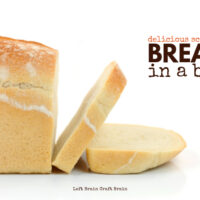
Bread in a Bag Recipe
Ingredients
- 1 large freezer zipper bag
- 3 cups flour separated
- 1 0.25 oz. packet rapid rise yeast
- 1 cup warm water
- 3 Tablespoons white sugar
- 3 Tablespoons olive oil
- 1 1/2 teaspoon salt
- Butter or non-stick spray for greasing pans
- 2 mini loaf pans
Instructions
- In a large resealable zipper bag, add 1 cup of flour, 3 tablespoons of white sugar, 1 packet of yeast and 1 cup of warm
- water. Press as much air out of the bag as possible and close tightly. Now mix and squish the bag with your hands until the dough is uniformly mixed. Set aside to rest for 10 minutes at room temperature, or until the CO2 bubbles appear and the bag inflates.
- In a small bowl, stir together 1 cup of flour, olive oil and salt. Pour into the bag and again press out as much air as possible. Close and squish until well mixed.
- Add the last cup of flour to the bag, and mix until the dough is uniformly mixed and no flour pockets exist.
- Remove the dough from the bag and place on a lightly floured surface. Knead for 8 to 10 minutes. Form into two small loaves, and place each into a greased 8”x4” inch loaf pan. Cover with towels, and let to rise for about 30 minutes, or until your finger leaves an impression when you poke the top of the loaf. Colder areas may require longer rise times.
- Preheat the oven to 375 degrees F.
- Bake the bread for 35 minutes in the preheated oven, until golden brown.

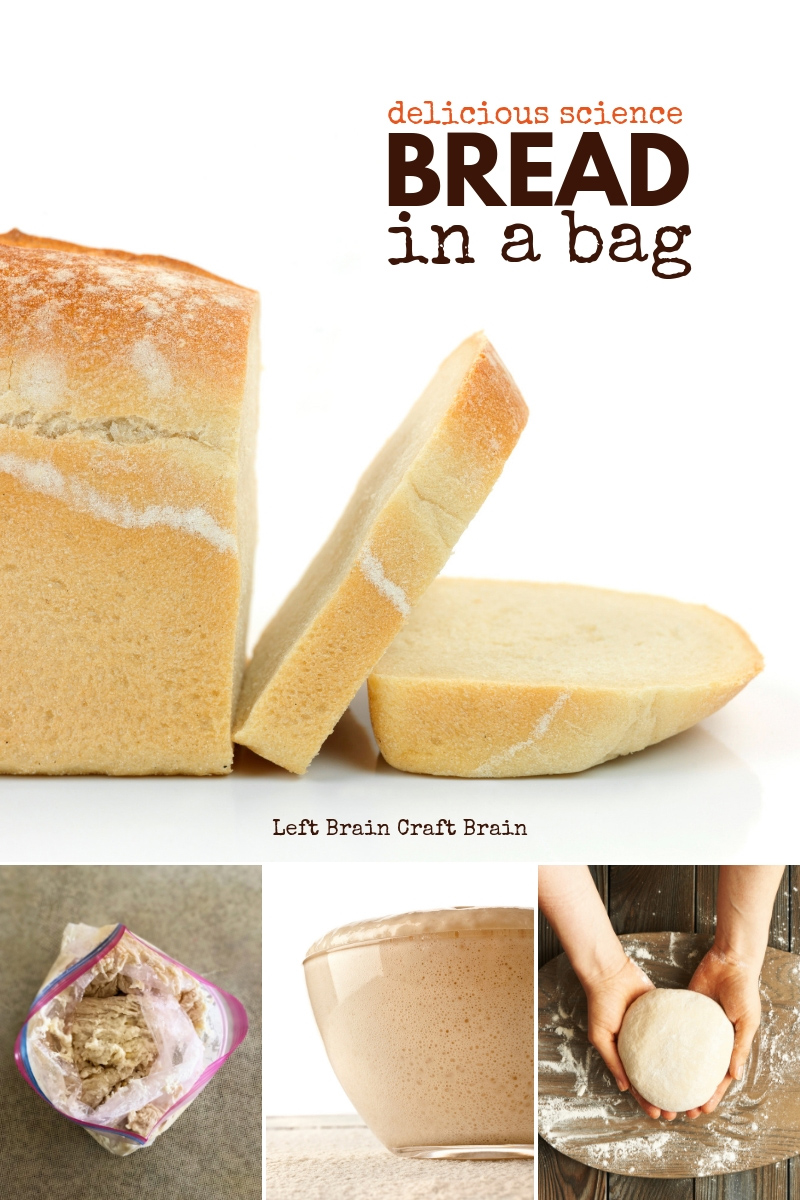
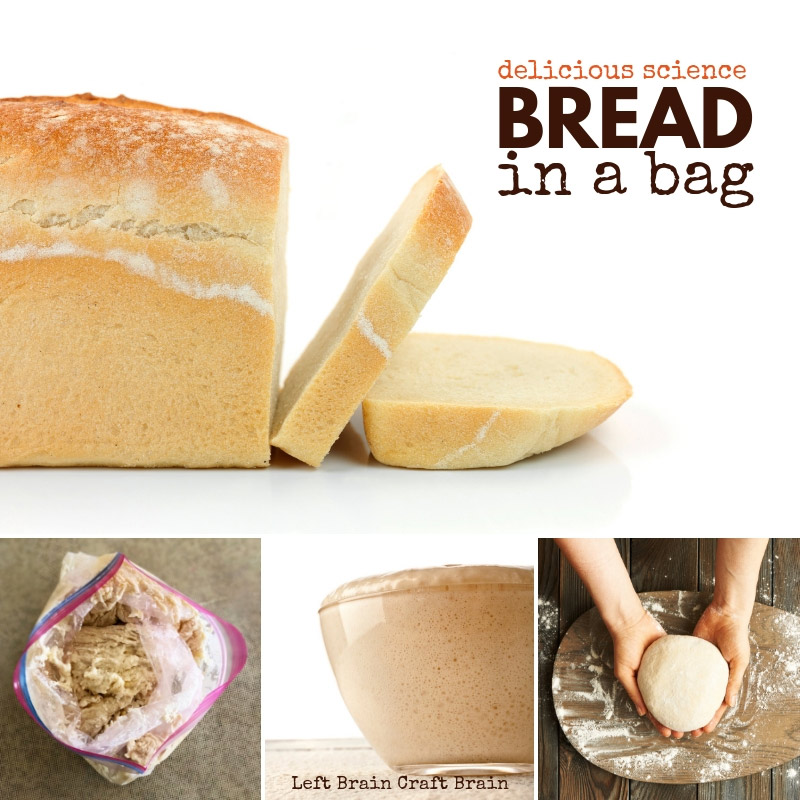
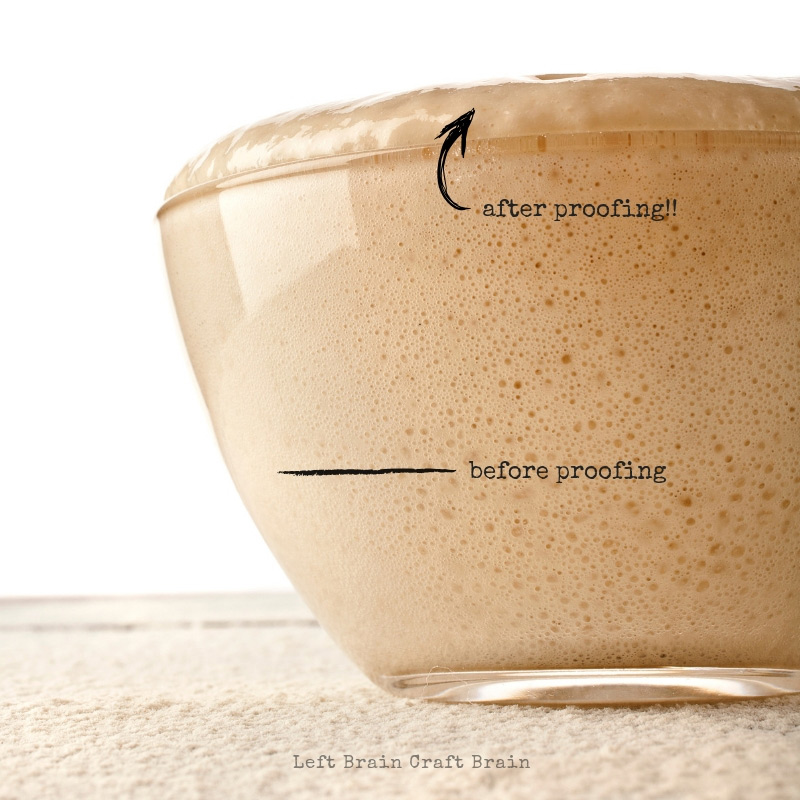
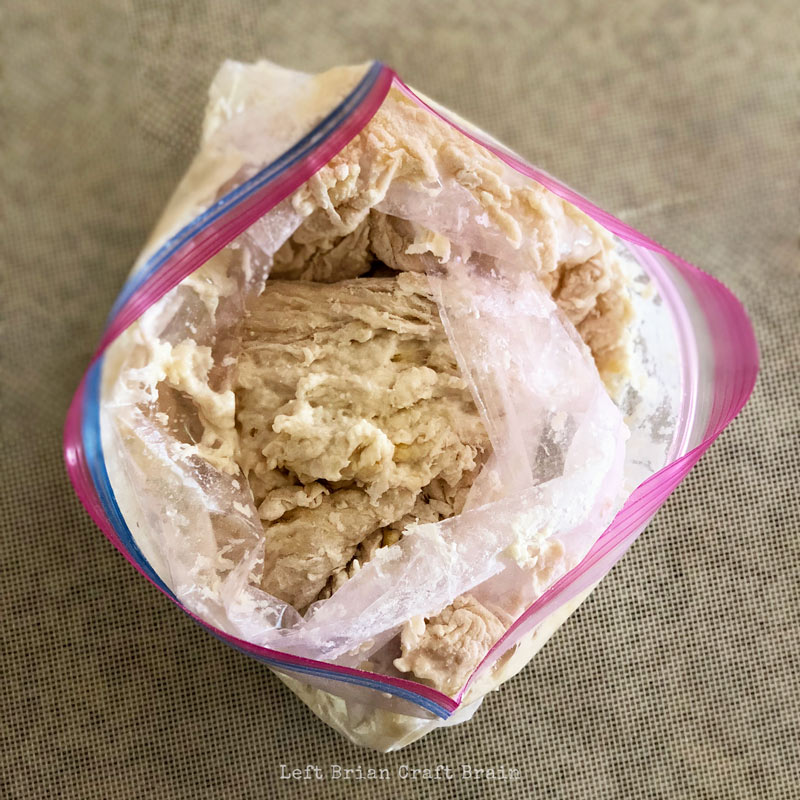
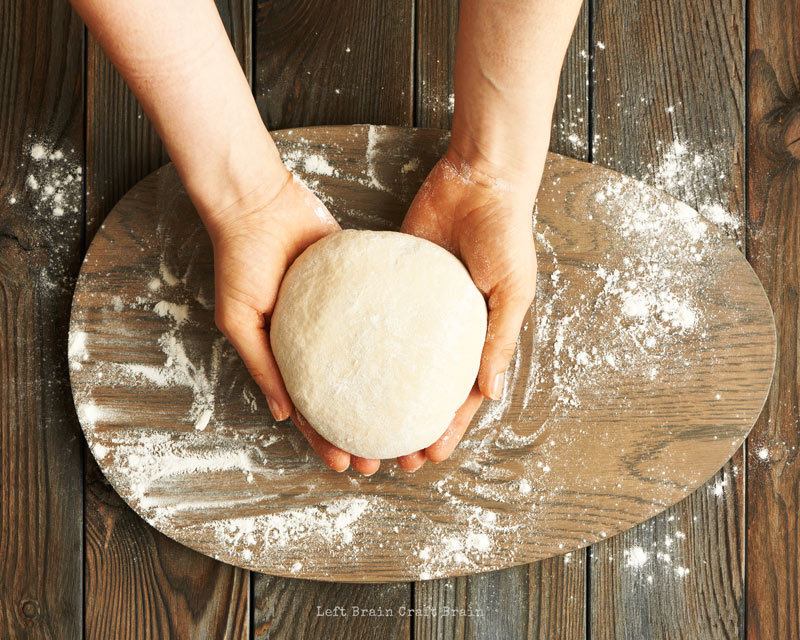
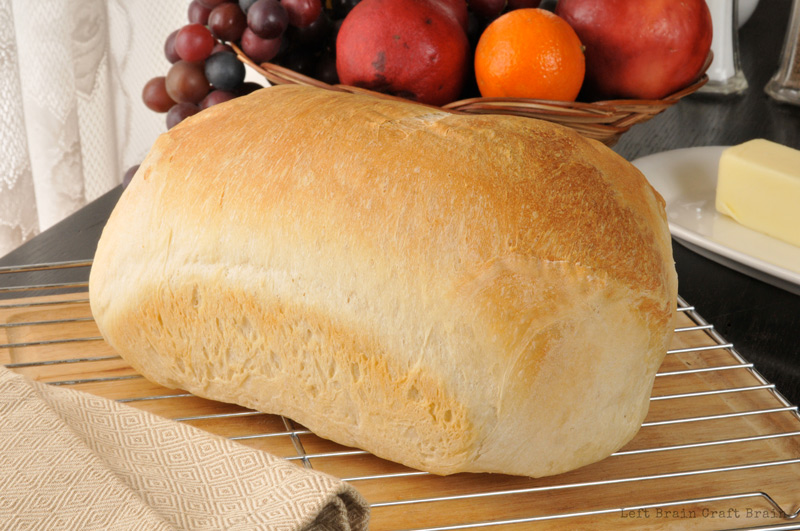
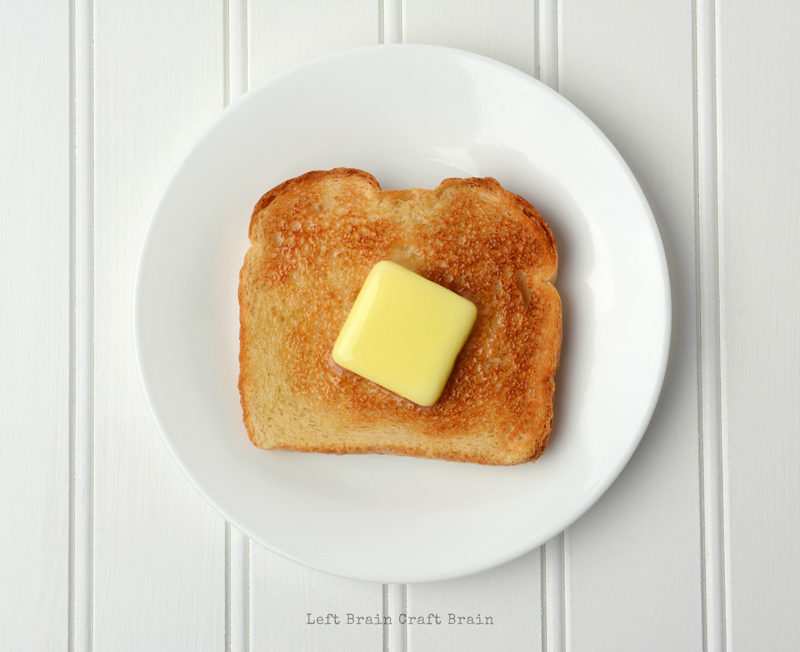
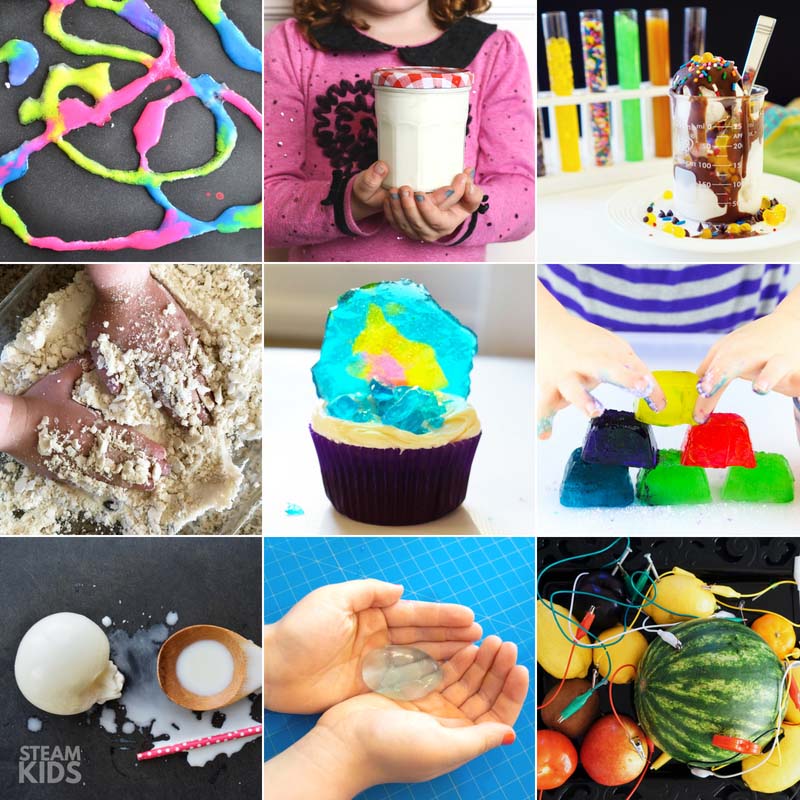

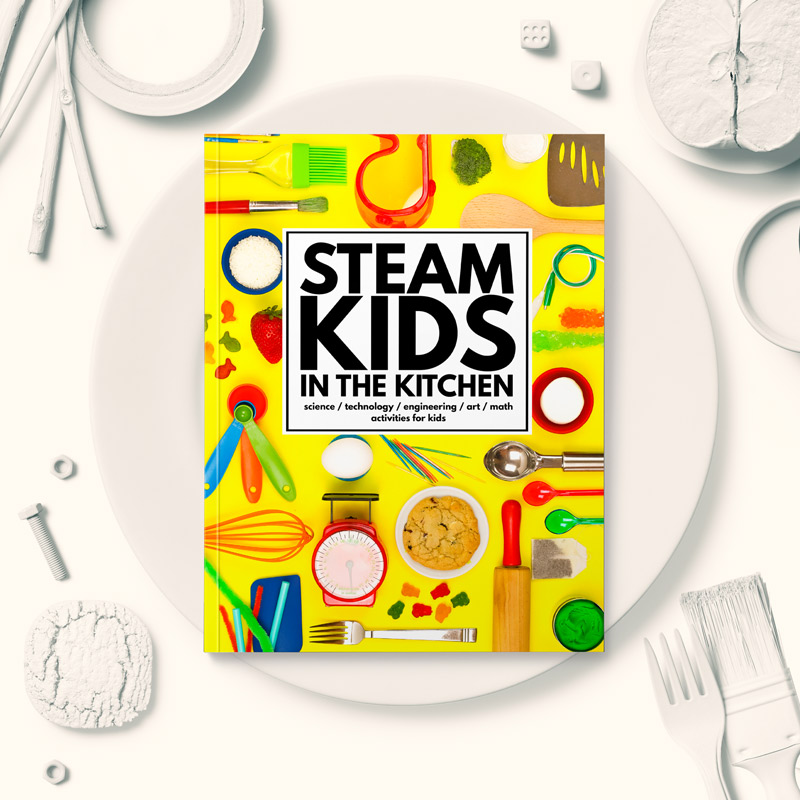
Pingback: Totally Delicious and Easy Bread in a Bag Recipe • Little Genius International Kindergarten and Educational Center